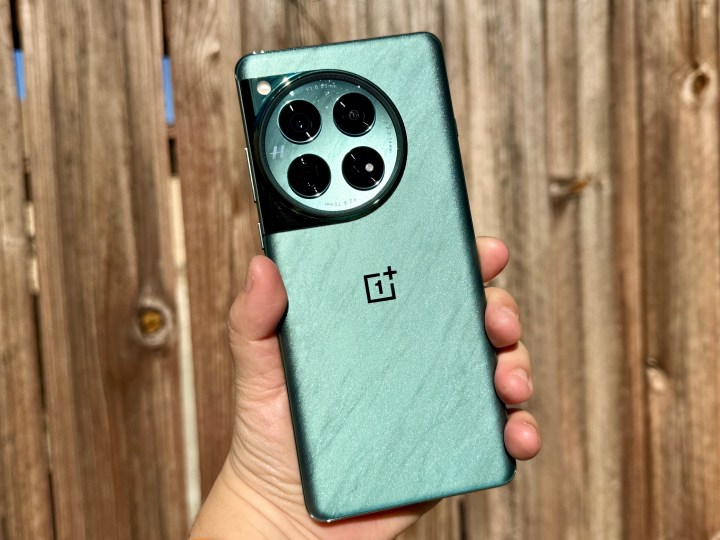
In 2024, OnePlus is once again hoping to redefine what an Android flagship should offer without nuking a buyer’s wallet. The medium to achieve that is the OnePlus 12. In a handful of ways, this one is quite a step up from its predecessor. The most notable improvement is the periscope zoom tech, which fixes a historical flaw of OnePlus phones and also pushes it straight into the class of top-tier phones that cost north of $1,000.
Another notable aspect of this phone is the eye-catching design. OnePlus recently wowed us with a stunning marble-inspired phone and then followed it up with a fiery red leather aesthetic. The eye-catching green shade on the OnePlus 12 seems to have borrowed its appeal from jade. But the company says the design concoction is a bit more exotic.
“We draw inspiration from the natural textures found in the braided channels of New Zealand’s Dart River,” OnePlus President Kinder Liu tells Digital Trends. The brand is definitely on a hot streak in terms of design experiments. Naturally, I had to ask what’s next now that we’ve seen the company play with sandstone, cold metal, rich leather, and metamorphic rocks.
Rock, paper, and fiber. What’s next?
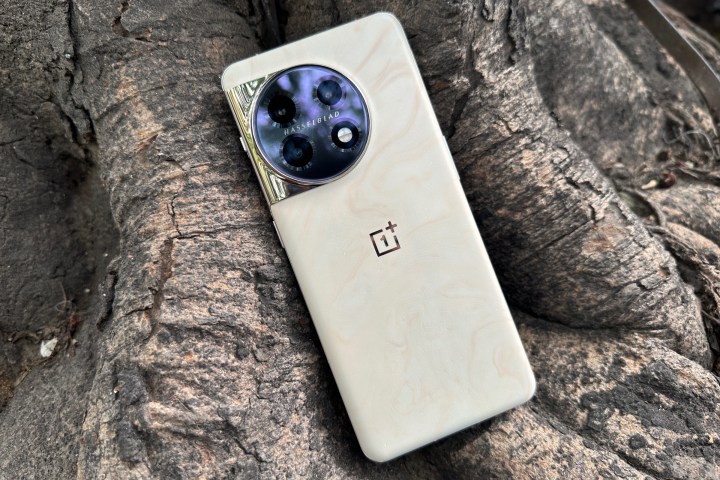
“We are actively experimenting with various materials such as fabric patterns, paper, and stone textures,” Liu tells me. When exactly is that going to happen? We don’t know, but having seen products like those from Kvadrat, I am mighty excited to see some fresh ideas like paper and fabric patterns that will help create a standout smartphone design.
But experimenting with different kinds of designs is just the start, and more ideas end up on the chopping block than we can count. That’s because each new material for the real shell brings its own set of challenges from an engineering perspective.
For example, a metal shell is great to touch, helps with heat dissipation, and assists with underlying antenna chores. But it also wants you to sacrifice wireless charging. The glass-and-metal sandwich design, which is all the rage these days, comes with its own set of hurdles to a successful execution.
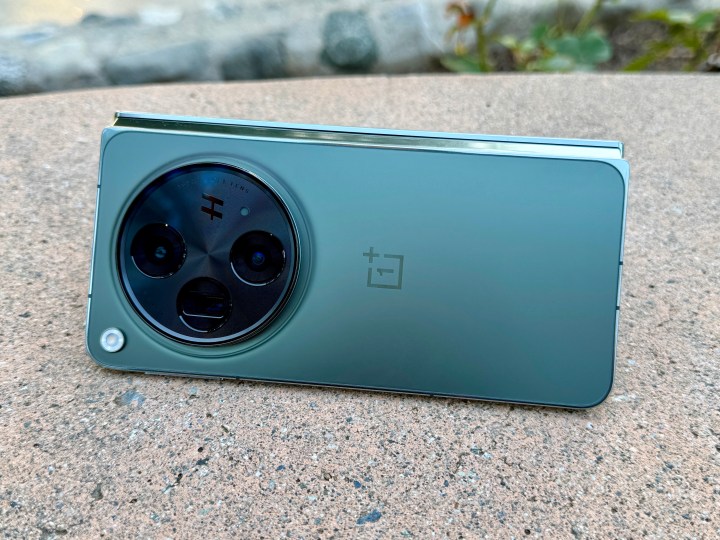
I vividly remember the brouhaha when the OnePlus Open, one of the thinnest foldables phones and one that barely misses a beat, had to skip on wireless charging support. With the OnePlus 12, the company is not taking any chances, it seems. The OnePlus executive says it’s just another day for them. But the choice is more complex than it seems on the surface.
“The decision to include wireless charging is not solely based on the material differences in the back cover. It also involves a careful balance between the weight and thickness of the device,” says Liu. The process of making a phone is a long-drawn-out one. And when you are trying something as unconventional as a marble texture, testing and validation get even more intensive.
Think, test, burn, and repeat
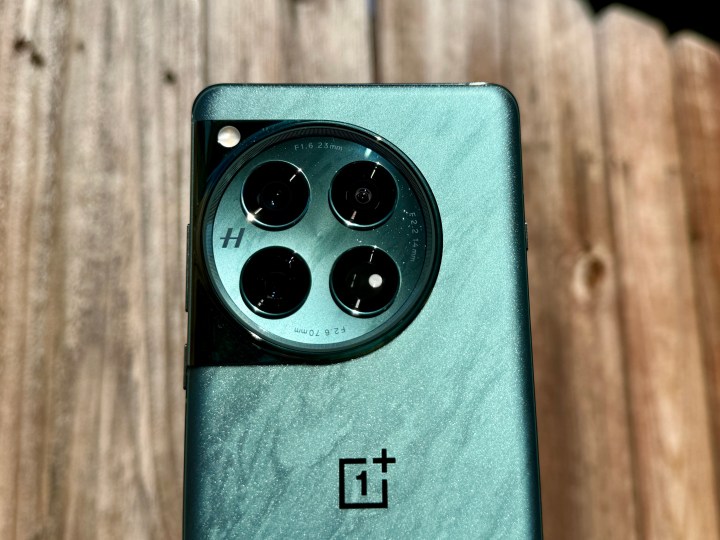
“Our typical development cycle spans 18 months, during which we validate new concepts and ideas. However, this cycle can be extended when it involves testing new materials and solutions,” Liu explains. So, did the company achieve what it set out for? On the OnePlus 12, it seems the company had to make some ambitious changes to be able to serve up that stunning green rear shell.
As pointed out earlier, landing at an efficient heat dissipation output is no small chore. Just ask users of Exynos-powered Samsung and Google Pixel phones. Thankfully, OnePlus didn’t eschew its design goals and made some big changes inside to achieve the kind of optimal thermal profile one would expect from a performance-first phone.
“[The] OnePlus 12 is equipped with our largest vapor chamber in history,” Liu explains, adding that the company took inspiration from aircraft engineering to design the thermal apparatus inside the OnePlus phone. The company then paired it with “system-level arithmetic scheduling and chip microarchitecture disassembly” to achieve the best interplay between battery efficiency, processor frequency, and application performance.
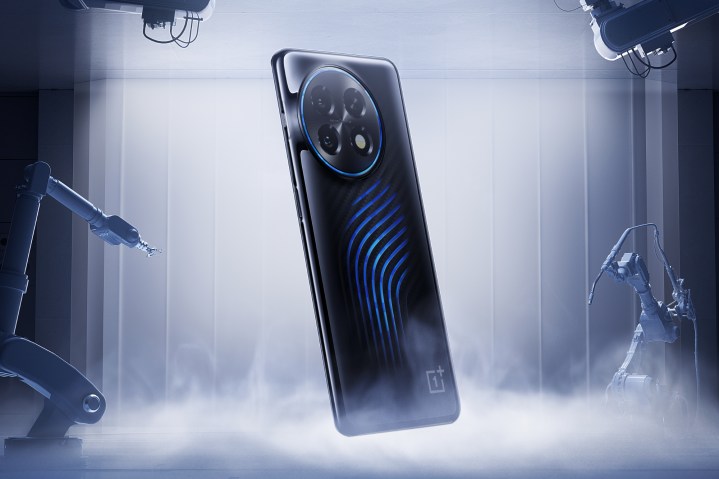
So, what’s the ultimate play when the team sets its sights on a fresh design? “We aim to innovate in terms of texture, feel, and material functionality, including attributes like stain resistance and heat dissipation,” Liu tells me. But those endeavors don’t always end up with a success story. Some wild ideas end up locked in the realm of concepts and tech showcases.
He cited the example of the active liquid cooling technology that the company showcased for the OnePlus 11 Concept phone. Owing to “various limitations,” it was a massive challenge to push the tech at large-scale production. Ultimately, we never saw the idea make it to a commercially available phone, but the lessons percolated to mainstream phones such as the OnePlus 12 in different ways.
What’s the future for OnePlus?
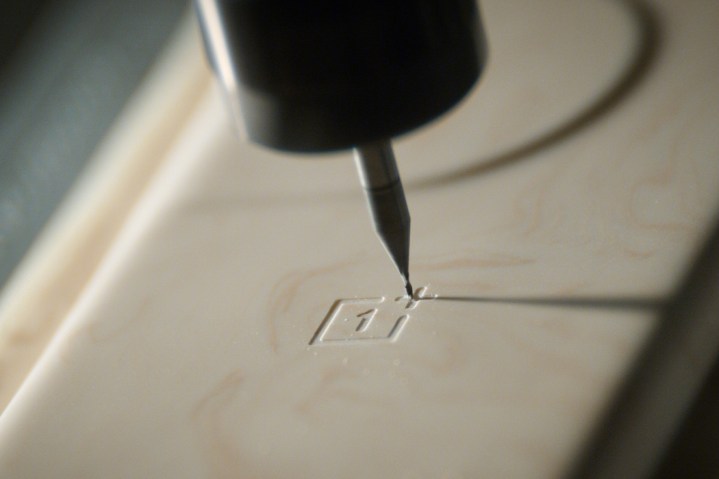
At this juncture, I was curious to know whether OnePlus will ever dial back to the older times and revive the idea of a metal shell design. That future remains uncertain, Liu remarked. “We remain committed to innovation, adapting to the changing needs and preferences of our users,” he adds. That’s an ambiguous answer, but I think it’s safe to assume OnePlus won’t ship any designs that negatively impact performance or practicality.”
Next, I broached the question of continuing the legacy of a familiar design. Apple has stayed loyal to the same fundamental looks that it began with the iPhone 11 series. Samsung is following in the same footsteps with its Samsung Galaxy S24 line. Similarly, the OnePlus 12 isn’t straying too far from its predecessor’s looks.
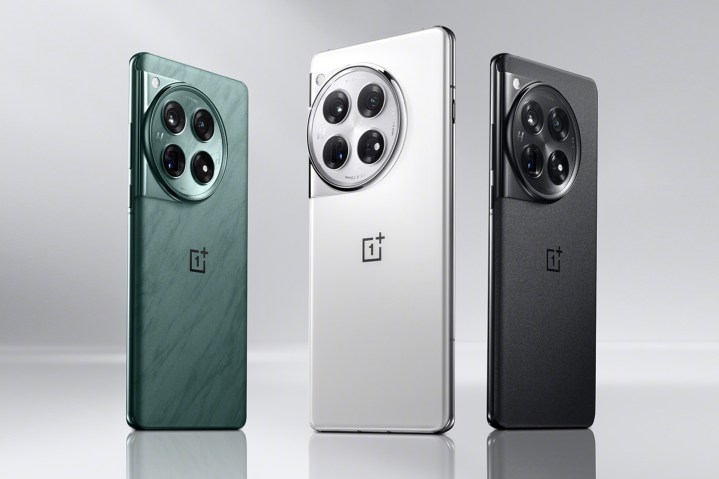
Is that a cost-saving measure, or is there any meaningful reason behind it? “The camera module of the device features a curved design, which serves two purposes – enhancing the device’s aesthetics and integrating the antenna to significantly improve signal reception, while still allowing OnePlus 12 to be dustproof and waterproof,” Liu said.
Digital Trends has the OnePlus 12 in its test labs, and assessments are underway to see whether it can deliver uncompromised performance while standing tall based on its unique looks. The next flagship killer from OnePlus launches on January 23 in global markets. Stay tuned for a comprehensive breakdown of its merits and flaws.
Editors' Recommendations
- How one special feature changed my smartphone photos forever
- OnePlus surprises us with dazzling Android tablet and smartwatch
- I did a OnePlus 12 vs. OnePlus 12R camera test, and there’s a big difference
- The OnePlus 12 is the OnePlus phone I’ve been waiting for
- 5 phones you should buy instead of the Google Pixel 8



